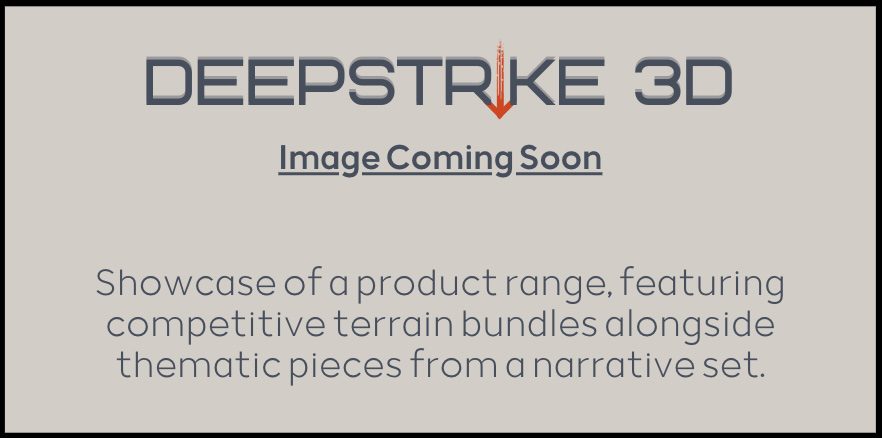Balanced Terrain in Warhammer 40k: For Fair and Tactical Play
A Warhammer 40,000 game is only as good as the battlefield it’s played on. As veterans of the game know, it doesn’t matter how beautifully painted your miniatures are or how well-honed your list is—if the terrain layout is skewed, the game can be over before the first dice are rolled. 40k Terrain isn’t just scenery; it’s an integral part of gameplay that can determine the flow, pacing and outcome of a battle.
Creating a balanced battlefield means thinking carefully about how different factions interact with the board. If you’re up against Astra Militarum or T’au Empire—both of which rely heavily on long-range firepower—you’ll need to consider how exposed your units are from the start. On the flip side, armies like Orks, Tyranids, and World Eaters are built to get in close. If there’s not enough terrain to obscure their advance, they’ll be shot to pieces before they reach combat. As someone who’s spent years on both sides of that table, I’ve seen first-hand how terrain layout can turn a tense game into a foregone conclusion.
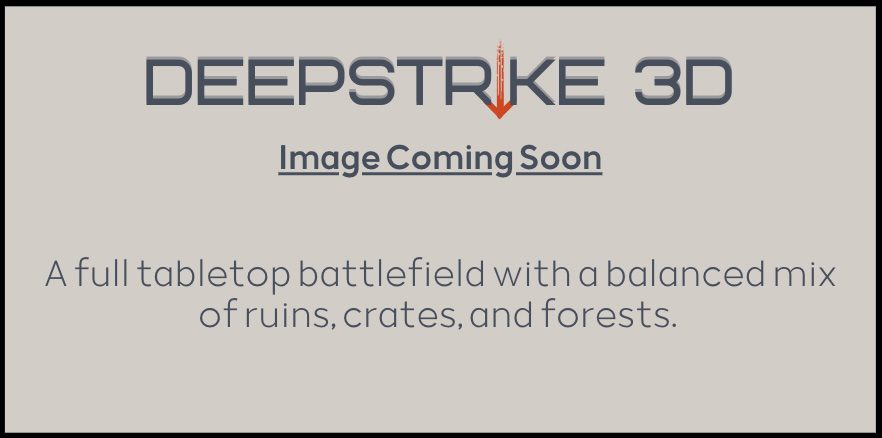
What Does Balanced Terrain Look Like?
The Warhammer 40,000 Core Rules recommend that terrain features occupy between 25% and 33% of the total battlefield surface area. This strikes a good balance between open lines of fire and protected areas where melee units can manoeuvre safely. That’s not a suggestion—it’s a proven range used across matched play events and official tournaments.
Here are key principles to aim for:
• At least four to six line-of-sight blocking pieces across a 60” x 44” board (standard Strike Force size)
• Equal distribution of area terrain (e.g. woods, ruins, debris fields) across both deployment zones and the midfield
• Varied heights to accommodate vertical movement, cover, and visibility
• Minimal central fire lanes that allow uninterrupted line-of-sight from deployment zone to deployment zone
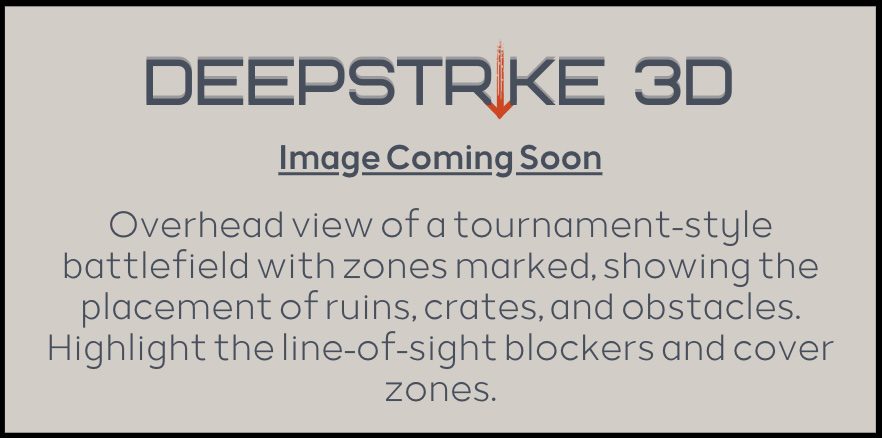
Competitive vs Narrative Terrain: Knowing the Difference
Terrain use can and should vary based on the intent of the game, competitive and narrative games benefit immensely from well-placed terrain.
In a competitive setting, terrain should be symmetrical or at least mirrored in strategic function—this ensures neither player has an unfair advantage from turn one. You’ll often see multi-level ruins that meet obscuring pieces, with smaller L-shaped structures to create safe advance routes and hideout pockets for objective holders. These aren’t fancy display pieces—they’re tools of the trade.
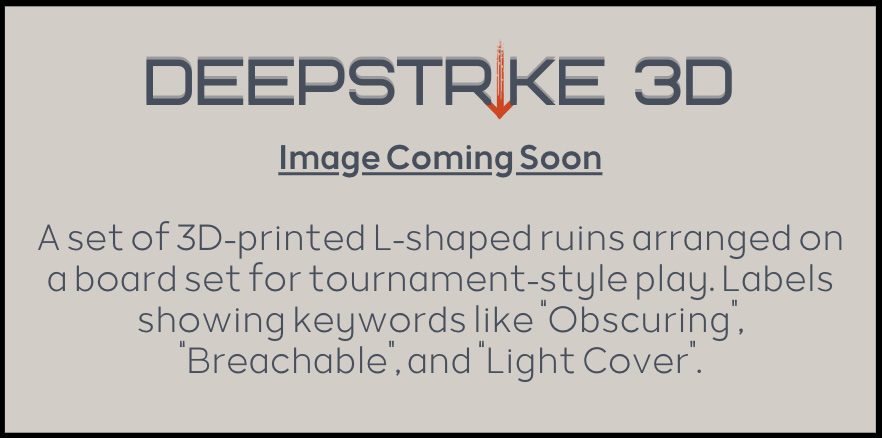
On the narrative side, terrain is about immersion and storytelling. A burning manufactorum in the middle of the board, a broken Knight chassis buried under rubble, or a series of trenches carved into a bombed-out wasteland—these tell a story before a model has moved. They don’t always conform to symmetrical rules, but they elevate the hobby side of the game and can still be balanced with careful planning.

Why 3D-Printed Terrain Excels at Creating Balanced Battlefields
3D printing offers something that few other 40k terrain sources can match: control. Whether you’re setting up for a Grand Tournament or a casual game in the garage, being able to print terrain to your exact specifications means you can meet the demands of the battlefield without compromise.
• You can print ruins in exact sizes and configurations used in competitive events (e.g. 5” tall, 6” wide L-shapes)
• Designs can be mirrored, scaled or adapted to fit symmetrical layouts
• Consistent dimensions allow for repeatable setups across games and tournaments
• Modular kits enable interchangeable layouts for varied play on the same board
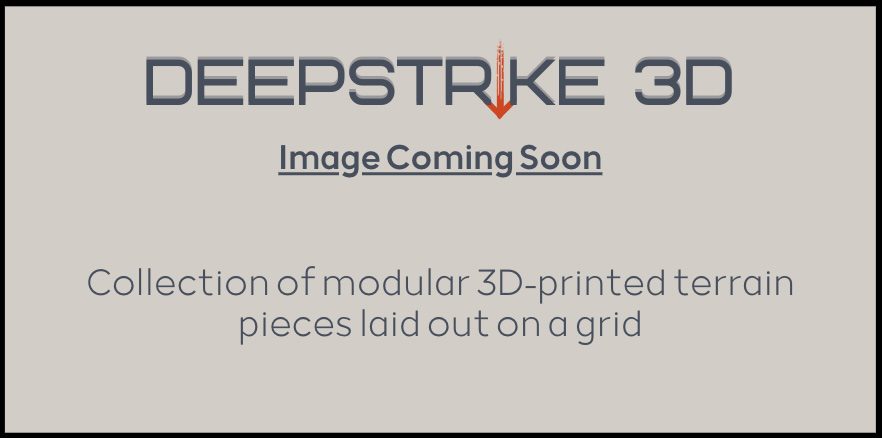
Why It’s Also the Best Choice for Narrative Terrain
Just as 3D-printed terrain gives you mechanical precision, it also unlocks an unmatched level of creativity. For players who want their games to look as good as they play, 3D printing allows for highly detailed, immersive scenery that adds atmosphere and depth to every battle.
• Highly textured surfaces, gothic details, alien flora—whatever fits the setting
• Themed collections allow you to build coherent, story-driven boards
• Greater variety of shapes, angles, and motifs than most commercial terrain lines
• More rewarding to paint—textures and detail help with drybrushing, weathering, and thematic effects
• Enables diorama-quality setups that double as display boards or photography backdrops
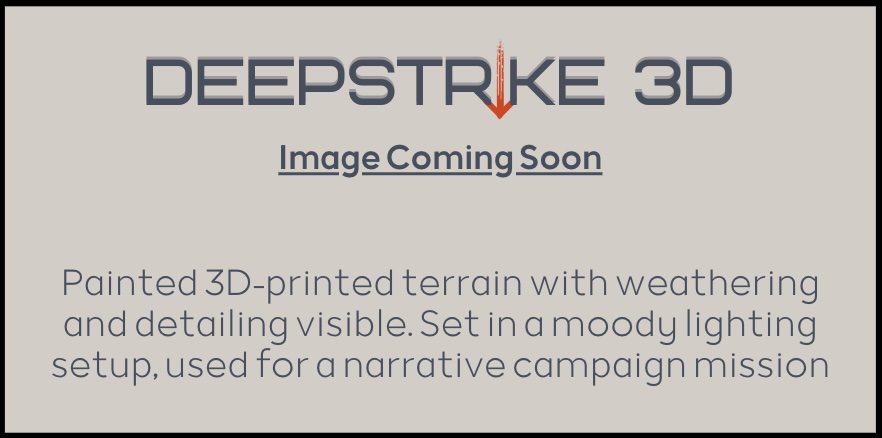
Final Thoughts
Balanced 40k terrain is more than a rulebook recommendation—it’s the foundation of good games. Whether you’re a tournament regular looking for clean, consistent line-of-sight blocking, or a narrative gamer trying to recreate the fall of Cadia, your battlefield layout shapes how the game plays, feels, and is remembered. With 3D printing, you don’t have to choose between functionality and flair—you can have both.
If you’re looking to upgrade your battlefields with competitive-ready ruins or narrative terrain kits that bring your favourite settings to life, explore our full range of modular and themed 3D-printed terrain.
